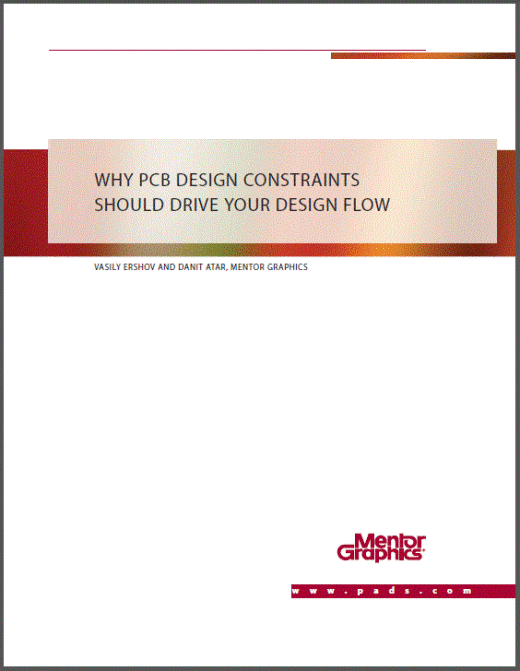How Constraint Management Optimizes PCB Design
As a follow-up to my recent article in Printed Circuit Design & Fab; pcdandf.com, entitled; Effectively Managing PCB Design Constraints, we have published a new whitepaper entitled Why PCB Design Constraints Should Drive Your Design Flow.
In this whitepaper we describe how a constraint-based design not only optimizes the PCB design process but also improves design time-to-market. PADS Constraint Manager is intuitive, and both time effective and easy to use. It speeds up the initial constraint-entry process with a spreadsheet-based interface and convenient tools for reviewing constraints and performing constraint violation analysis.
All PCB design constraints are equally accessible from the schematic, layout, and routing environments. Constraint definitions are kept and automatically synchronized so that constraints entered or edited on the front end are available at the back end and vice versa.
The PADS constraint management environment was designed to support a correct-by-design methodology by putting constraints at the center of the design flow in order to ensure that costly design rework, re-spins, and production delays can be avoided.
You can learn more about constraint management in the PADS VX release – now shipping! – in this on-demand webinar entitled How to handle PCB design constraints without losing your mind.This brief video shows you how to quickly and easily capture design constraints once – at any point in the design cycle – and be confident that they will be adhered to throughout the design of your product.
Thanks for reading !
John



